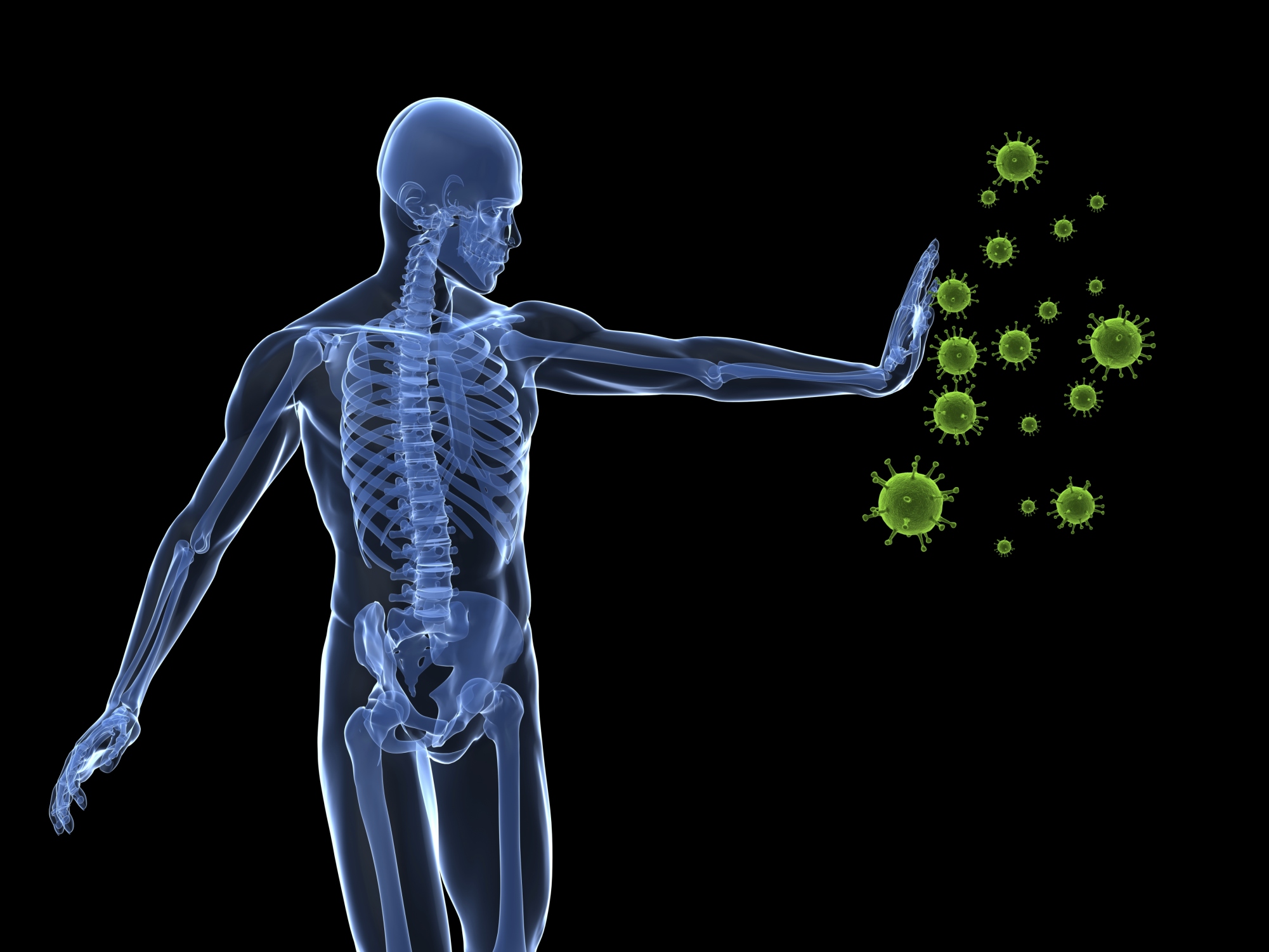Different tissues work together in harmony to form complex systems in order to serve different vital functions in our body. Immune system is one of the most crucial systems of the body that is very important for human survival. It encompasses tissues and cells that are associated with the defense of our body from different pathogens and infectious agents. The immunity (or capacity to fight an infectious agent without producing the signs of illness) is generally classified into two different types: namely innate immunity and adaptive immunity. There are both similarity and difference between innate and adaptive immunity.
What Are the Innate Immunity and the Adaptive Immunity?
The purpose of both the systems is to protect the body from diseases or illnesses. However, in order to understand the functioning of each, some basic knowledge about these two varieties is shared here.
Innate or Natural Immune System
Innate immune system is also referred to as immediate response immune system. This system activates within minutes to hours after a foreign agent invades within the human body. Innate immune system is composed of two lines of defenses. First line of defense consists of skin (mainly the epidermis), gastric acid in the stomach and mucus membranes. For instance, nasal mucus membrane serves as a filter to stop/obstruct the inward movement of large particles. The second line of defense consists of chemicals and cells that are released in the blood after being exposed to a pathogenic stimulus.
Adaptive or Acquired Immune System
Adaptive system is mainly responsible for more complex reactions. This system activates after innate response is fully activated. Initially, the antigen entered in body is identified by the specific immune cells, and then a cascade of reactions is started in the form of antigen antibody reaction to attack the antigen. This immune system also includes generating memory of antigens, which will save their identities in the memory cells so that a specific response will be initiated soon after entry of the same pathogen in future.
What Is the Difference Between Innate and Adaptive Immunity?
Although the end result of both the immune responses is same, which is to provide immunity and clear off the body from pathogen, they can be differentiated based on following criteria.
|
Differences |
Innate immunity |
Adaptive immunity |
|
Components |
|
|
|
Activity type |
Cells of innate immunity are active all the time and are ready to combat as soon as a foreign body enters the human system. These cells are active since birth. |
Cells of adaptive immunity are normally in silent mode and become active only when the antigen is identified. The cells of adaptive immunity develops over time. |
|
Response |
The response comes immediately, hence also referred to as immediate immunity. |
The response appears after a week or two, also called as delayed response type immunity. |
|
Potency |
Although the response is immediate but the effectiveness and potency is limited. |
The potency and effectiveness levels are extremely highbecause the combat cells are highly specialized and powerful. |
|
Time span |
Once activated against a specific type of antigen, the immunity remains throughout the life. |
The span of developed immunity can be lifelong or short. |
|
Inheritance |
Innate type of immunity is generally inherited from parents and passed to offspring. |
Adaptive immunity is not passed from the parents to offspring, hence it cannot be inherited. |
|
Specificity |
They recognize all types of pathogens, including viruses, bacteria, fungal organisms, etc. |
The cells are highly specific. |
|
Memory |
A same response is produced every time pathogen invades. |
Memory cells are present, which identifies specific cells on each exposure. |
|
Diversity of response |
The diversity among response produced is very low. |
Diversity is very high. |
A Word About the Difference Between Innate and Adaptive Immunity
Despite the differences, they both work for the same function, i.e., protection. Innate response is produced initially for complete elimination of pathogen; a delayed response is produced in the form of adaptive immunity. Cells of both the systems coordinate equally to produce an effective and long lasting response, protecting any harmful pathogens and infectious agents entering our body.
